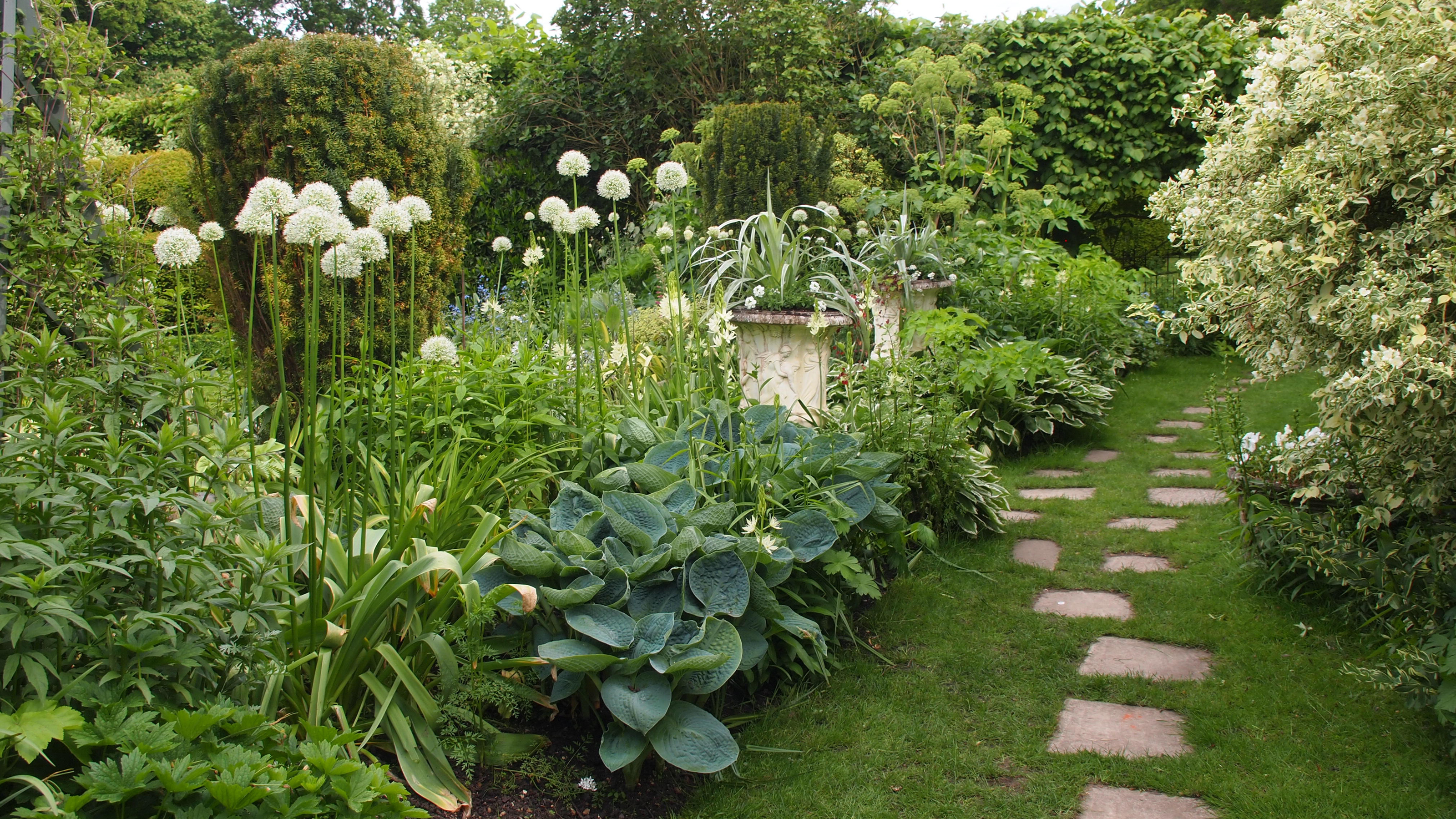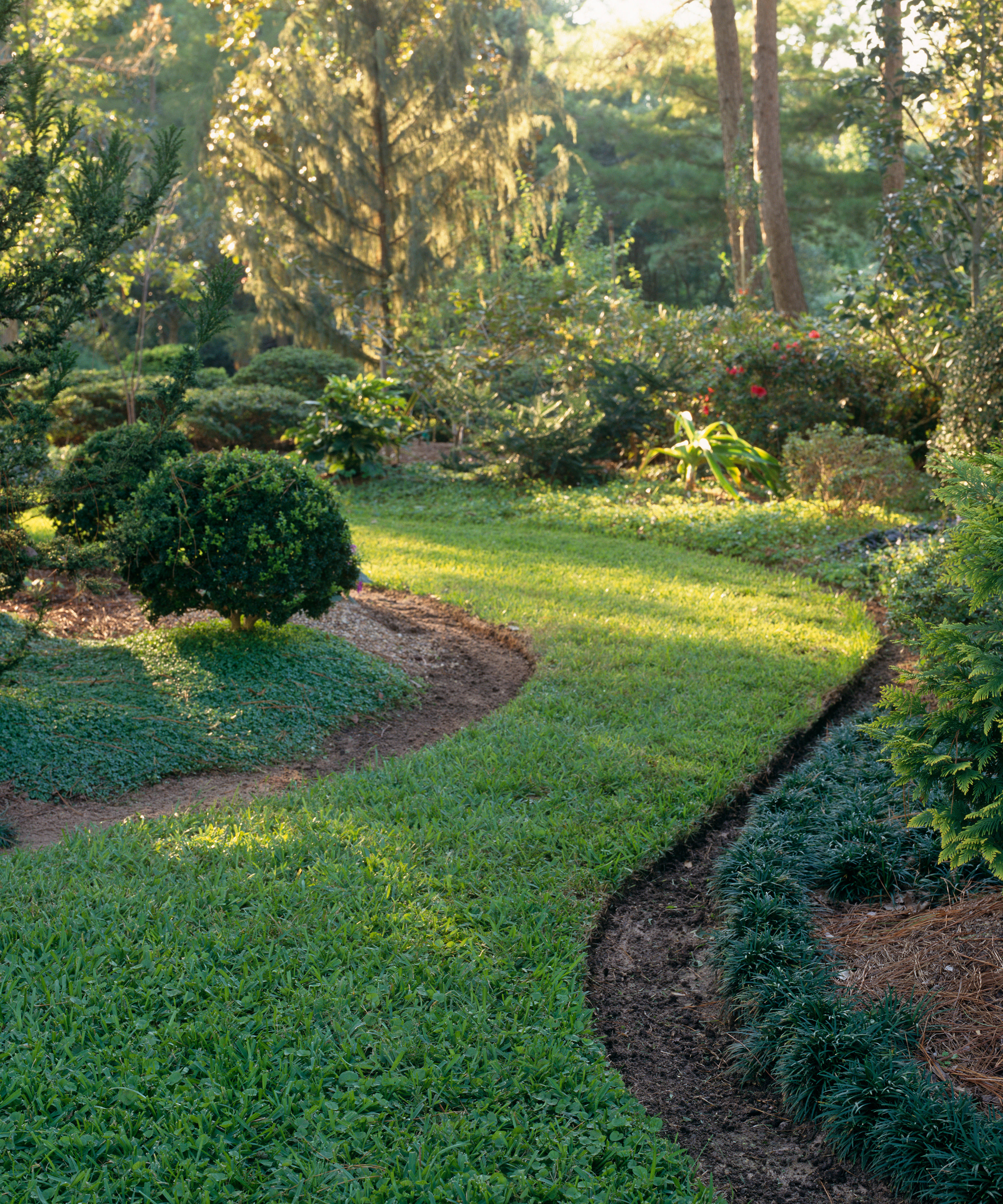Should you have live pathways in your garden? Gardener Scott's top tip will help you decide
Live pathways can look stunning - but are they right for you?

Could living paths be right for your garden? A living path can look very attractive –and is much more wildlife-friendly than a paved garden path. Gardener Scott was recently asked about living paths and their pros and cons on YouTube, and gave a top tip for determining whether they might be for you.
If you are currently exploring garden path ideas, use this tip to decide if green, or living paths, should become part of your garden design.
Speaking on his YouTube channel, Scott admitted to really liking the idea of living paths. 'I think there are a number of pros to using live pathways,' he said. He does caution that you need to live in an area with adequate rainfall – or you'll have to be watering them regularly. 'It doesn't make sense to me to water my pathways when I can put down woodchip mulch and not worry about weeds growing.'
This is where Scott's biggest concern about living pathways comes in. He stresses that living paths are not care free, just because they're paths and not garden beds. He explains that 'if you've got grasses growing, it'll tend to choke out the weeds, but you have to think of those green pathways just like you would of any other garden bed.'
Ultimately, the thing to understand about living paths is that 'they're going to be weeded, they're going to be watered, they're going to be maintained.' This is the one thing you'll have to consider before deciding to go ahead with rewilding your garden in this way.

Scott's summary of a green path is that however beautiful, it 'needs maintenance. Anticipate that it's going to take some of your time to care for the pathways.' If you already prefer low-maintenance garden ideas, you may decide that a paved, gravel or woodchip path is easier.
For small gardens, Scott recommends using ground cover plants like thyme and clover for low-maintenance live pathways. These plants are low-growing and fragrant. 'Think of that as an option, using a plant that's aromatic,' he says. 'You can walk through the garden and have those aromas constantly fill the air.' Low-growing thyme also requires minimal pruning, so you may have your easy-care living path option here, if you're only covering a small area.
Anna writes about interior design and gardening. Her work has appeared in Homes & Gardens, Livingetc, and many other publications. She is an experienced outdoor and indoor gardener and has a passion for growing roses and Japanese maples in her outside space.
